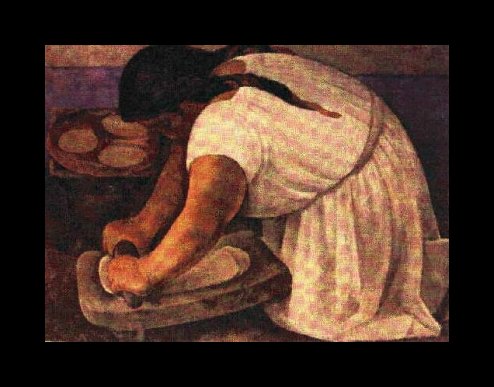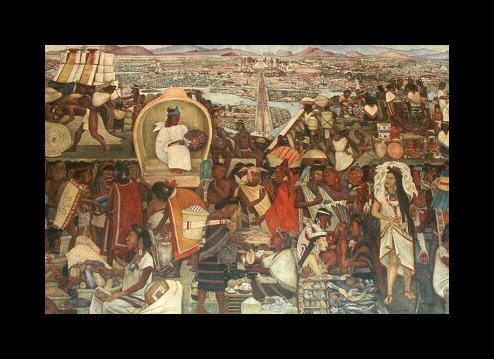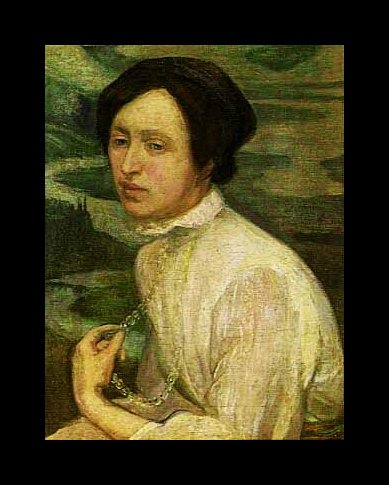Diego Rivera (1886-1957)
Get a Rivera Certificate of Authenticity for your painting (COA) for your Rivera drawing.
For all your Rivera artworks you need a Certificate of Authenticity (COA) in order to sell, to insure or to donate for a tax deduction.
Getting a Rivera Certificate of Authenticity (COA) is easy. Just send us photos and dimensions and tell us what you know about the origin or history of your Rivera painting or drawing.
If you want to sell your Rivera painting or drawing use our selling services. We offer Rivera selling help, selling advice, private treaty sales and full brokerage.
We have been authenticating Rivera and issuing certificates of authenticity since 2002. We are recognized Rivera experts and Rivera certified appraisers. We issue COAs and appraisals for all Rivera artworks.
Our Rivera paintings and drawings authentications are accepted and respected worldwide.
Each COA is backed by in-depth research and analysis authentication reports.
The Rivera certificates of authenticity we issue are based on solid, reliable and fully referenced art investigations, authentication research, analytical work and forensic studies.
We are available to examine your Rivera painting or drawing anywhere in the world.
You will generally receive your certificates of authenticity and authentication report within two weeks. Some complicated cases with difficult to research Rivera paintings or drawings take longer.
Our clients include Rivera collectors, investors, tax authorities, insurance adjusters, appraisers, valuers, auctioneers, Federal agencies and many law firms.
We perform Diego Rivera art authentication, appraisal, certificates of authenticity (COA), analysis, research, scientific tests, full art authentications. We will help you sell your Diego Rivera or we will sell it for you.



Diego Rivera was born on Dec 8, 1886 in Guanajuanto, Mexico. He grew up in a humble family that resided in Guanajuanto until 1892 when the family moved to Mexico City. From an early age, Rivera showed an interest in drawing. The San Carlos Academy served as the site for his first formal instruction. In 1898, he became a full time student at the academy, and eight years later, he exhibited 26 works there. He was expelled at age 16 when he participated in a student strike.
In 1907, Rivera’s father helped him win a scholarship to study abroad. Rivera traveled to Spain. From there he went on to travel throughout Europe. He exhibited many of his works before making a trip home in 1910. At home, he held an exhibition in Mexico City. It was a smashing success. In fact, the First Lady of Mexico bought several of his paintings, and the Academy of Fine Arts bought several others.
In 1911, Rivera returned to Paris. He became close friends with many Russians, probably because during this time period he had two different Russian mistresses.
Rivera was known for his paintings and his excellent murals, but he was better known for his giant size and womanizing.



From 1913 to about 1918 Rivera’s work shows elements of Cubism. In 1917, Rivera had to deal with personal tragedy when his mistress, Angelina Beloff had a baby. The baby was very sick, and eventually died a year later. While the baby was alive, Rivera was jealous of the attention the baby received, and he ended up having an affair with Marievna. She also became pregnant. During this time, Rivera painted feverishly and cut himself off from many of his friends. Soon afterward, Diego abandoned Cubism.
In 1919, Rivera set off for Italy. There, he studied frescoes of Italian artists and contemplated the future of Mexican art. Finally, in 1921, he returned to Mexico. Shortly afterwards, Rivera joined the Communist Party. His work during this time was a mixture of fresco technique with Aztec and Cubist influences. People rioted against some of his murals before they were completed. Other artists fled, but Rivera continued to work with a pistol jammed through his belt. During this time he met Frida Kahlo, who would later become his second wife.
Rivera continued to paint murals. In 1923, he completed his second series at the Ministry of Education. It totaled 124 frescoes. He did smaller scale murals at other sites. In Mexico, his work received a lot of criticism, but it received praise abroad. In 1927, when he finished his large project for the Ministry of Education, he was invited to Russia. It was there that he painted murals for the Red Army Club in Moscow.
Rivera did not get along with his Russian hosts. Soon, the mural project was called off and he was ordered to return home only to be expelled from the communist party in 1929. Soon after, he replaced his wife Marin with Frida Kahlo who later became recognized as an artistic genius in her own right. He and Kahlo were married that August.


Shortly thereafter, he accepted a commission from the American Ambassador to Mexico to paint a series of frescoes in the Palace of Cortez. This is where Rivera produced some of his most memorable work.
In 1930, Rivera traveled to the United States. He painted several murals before returning to Mexico for more exhibits. During this time, Kahlo and Rivera had become somewhat of American celebrities due to a successful exhibit at the Museum of Modern Art. The exhibit had broken all of the museum’s past records for attendance.
Rivera continued to enjoy success in the United States, but the subjects of his work sometimes evoked controversy. Some of his exhibits had to be hidden behind a curtain because they caused scandal. The worst backlash occurred when he featured a portrait of Lenin in his composition which was supposed to depict “Man at the Crossroads Looking with Hope and High Vision to the Choosing of a New and Better Future”. He stubbornly stayed in New York painting smaller scaled murals, but his successful reign had come to an abrupt halt. He found it difficult to secure commissions, so he returned home. Unfortunately, his luck was the same at home. In fact, from the years 1935 to 1943 he received no government commissions of any kind. The only work he secured was a small mural for a hotel in Mexico City. Again, he had a disagreement when they changed the mural without his consent. Fortunately, Rivera was able to win a lawsuit for damages.
Rivera’s life was filled with even more drama as he and his wife engaged in extramarital affairs. His wife even became Trotsky’s lover. Rivera and Kahlo divorced and later remarried, their relationship always tumultuous. Rivera constantly tried to rejoin the Communist party with no success. His humiliating gestures of apology were rejected. They couldn’t forgive him for painting an unflattering portrait of Stalin. Finally in 1954, he was reaccepted into the Communist party after painting a piece that was pro-Stalin.
Along with being a great artists, among many other things, Rivera was an eccentric. He bragged about having prostitute mistresses as early as six years old, and often told wild tales of his sexual conquests as a child. Even more alarming was Rivera’s apparent dabbling in cannibalism. After taking an anatomy class and witnessing a study on cannibalistic cats, Rivera and some friends began to practice cannibalism themselves. It is said that they would buy undiseased corpses from the mortuary and eat the dead. They were convinced that this would make them stronger and healthier. Rivera said that he especially enjoyed the breasts and thighs of women for his cannibalistic feasts.
His reacceptance into the Communist party did not do much to lift his spirits since he had recently buried Frida Kahlo. His later years were darker ones. One of his murals even had to be covered when he painted the slogan “God Does not Exist”. He died in 1957.
Since many of Rivera’s pieces were murals, it is more difficult to acquire an authentic work of the artist. However, some do exist in the United States due to the popularity he enjoyed in the country. These are highly sought after and valued by art dealers.
Reviews
1,217 global ratings
5 Star
4 Star
3 Star
2 Star
1 Star
Your evaluation is very important to us. Thank you.
